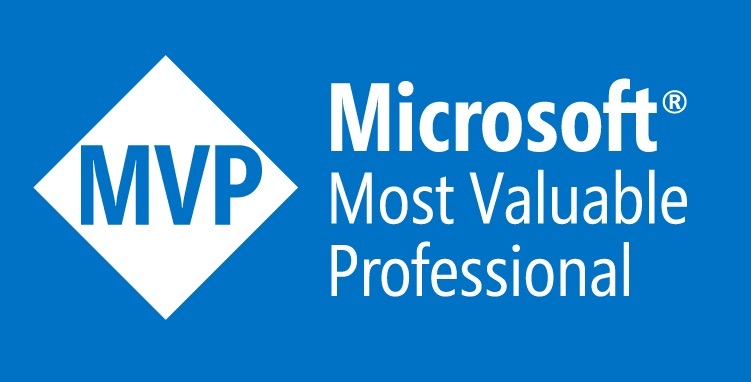One of the newest features available in Microsoft Fabric is the ability to use Workspace Identity to authenticate with external Data Lake Storage Gen2. I find this to be one of the most important features because it significantly simplifies the entire process of authentication and authorization. Workspace Identity is not a new concept; it was […]
Latest Posts
Terraforming Databricks #2: Catalogs & Schemas
In the first post of this series, we discussed the process of creating a metastore, which is essential for enabling workspaces for the Unity Catalog. In this part, I would like to cover the provisioning process of key elements in Unity Catalog’s object model – specifically, catalogs and schemas. The goal of this article is […]
Terraforming Databricks #1: Unity Catalog Metastore
Over the past two years, we have participated in numerous projects where Azure Databricks was implemented from the ground up. Each of these deployments allowed us to learn something new, verify previous solutions, and ultimately develop a methodology that allows us to deploy Azure Databricks in a standardized, enterprise-scale-ready manner. As a result, the newly […]
Executing SQL queries from Azure DevOps using Service Connection credentials
Executing SQL queries on Azure SQL Database using Azure Devops can be a complex and challenging task, particularly when it comes to establishing a secure and reliable connection. This option can be valuable in numerous scenarios. For instance, you can insert pipeline metadata into the database to track deployment information or changes. This technique also […]







Last comments